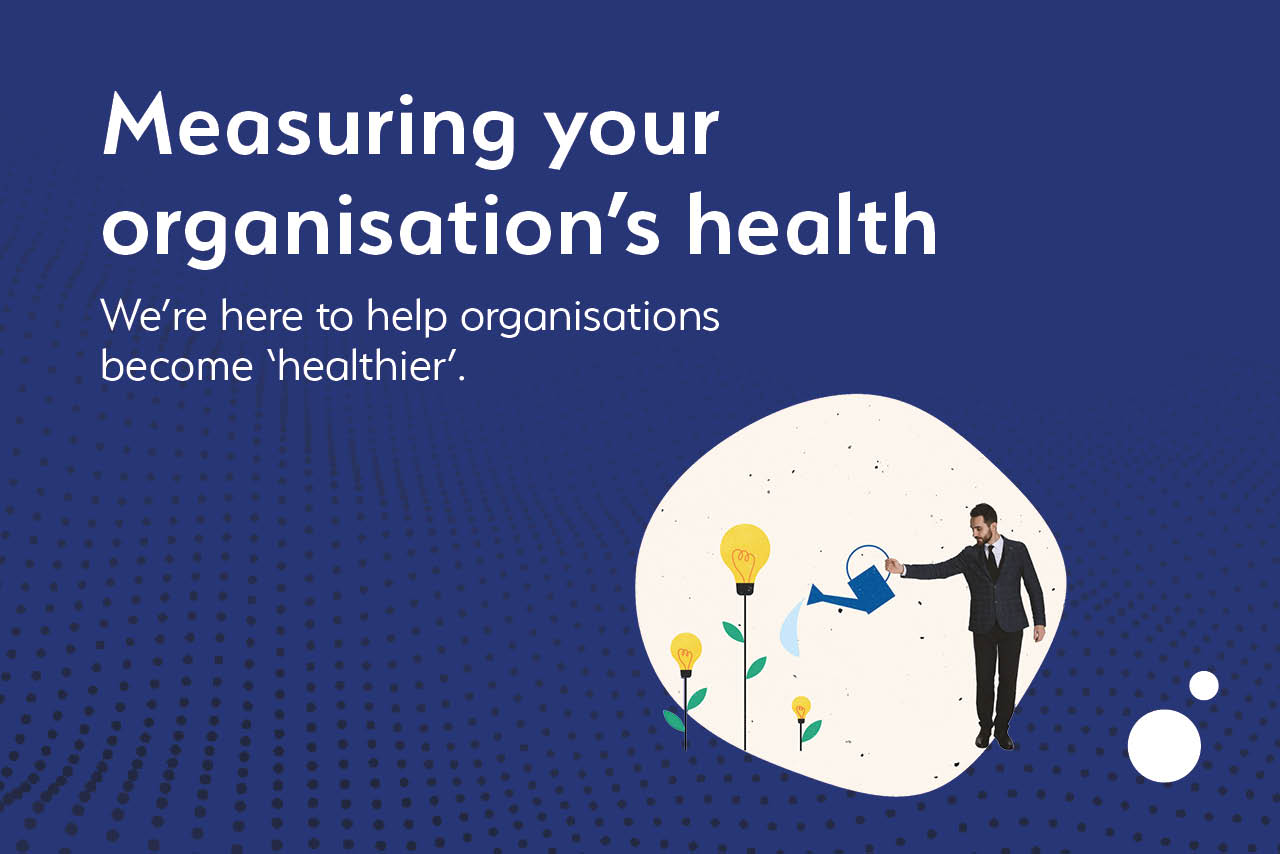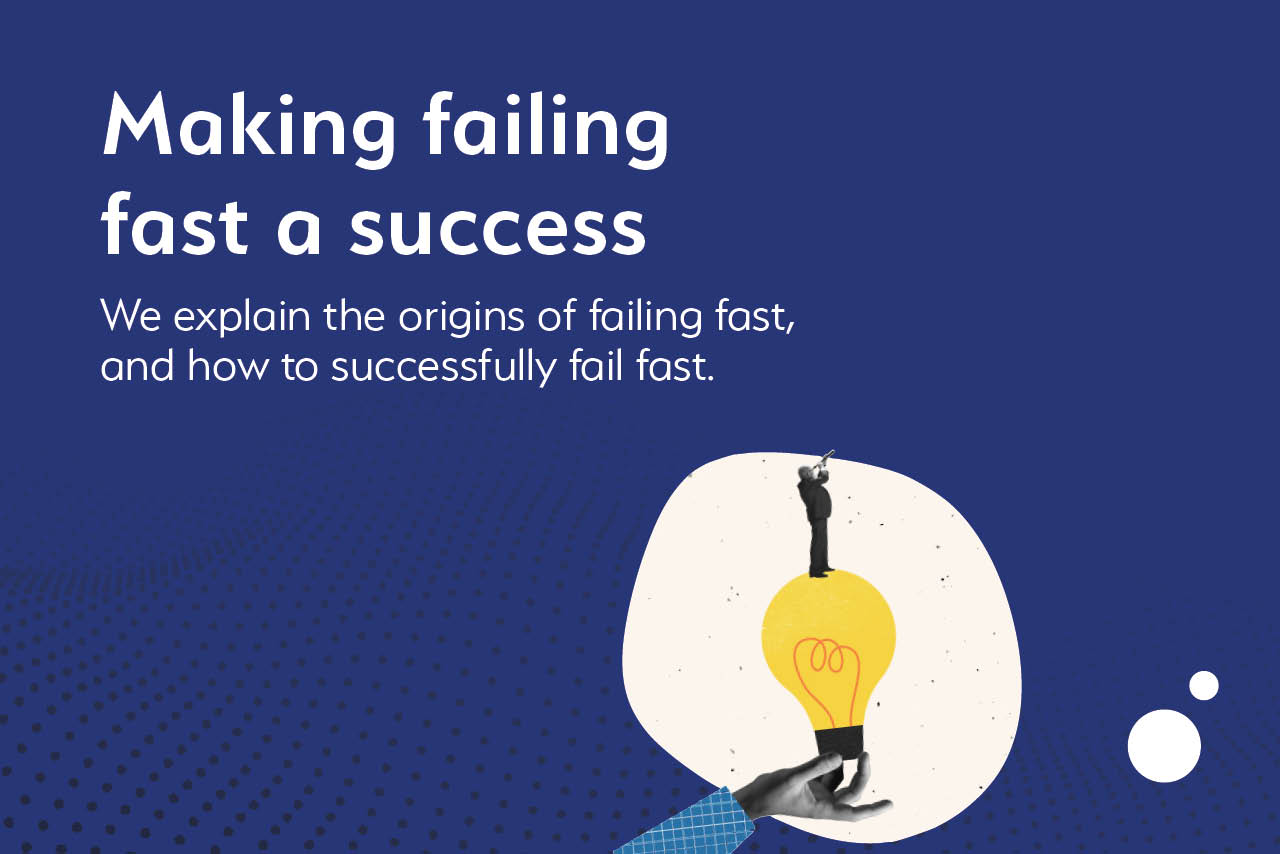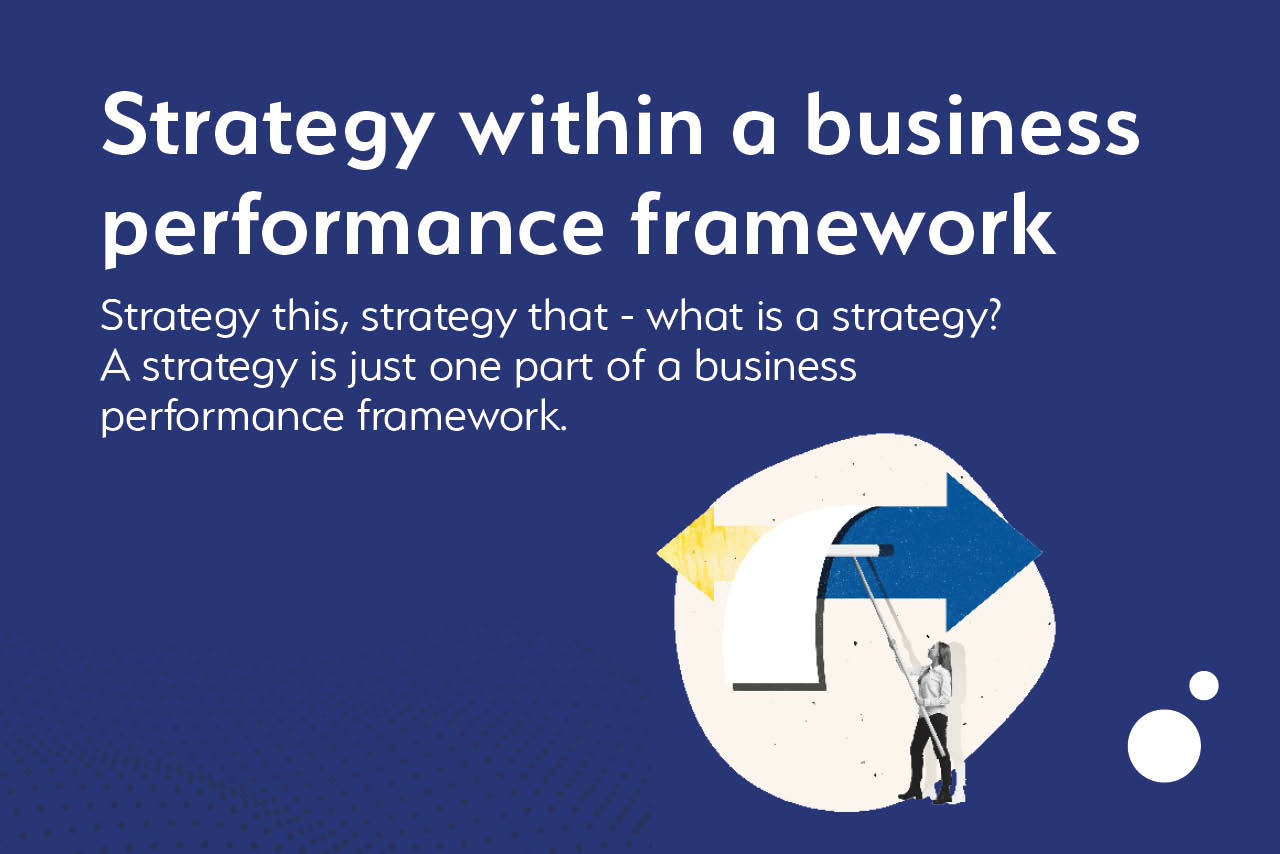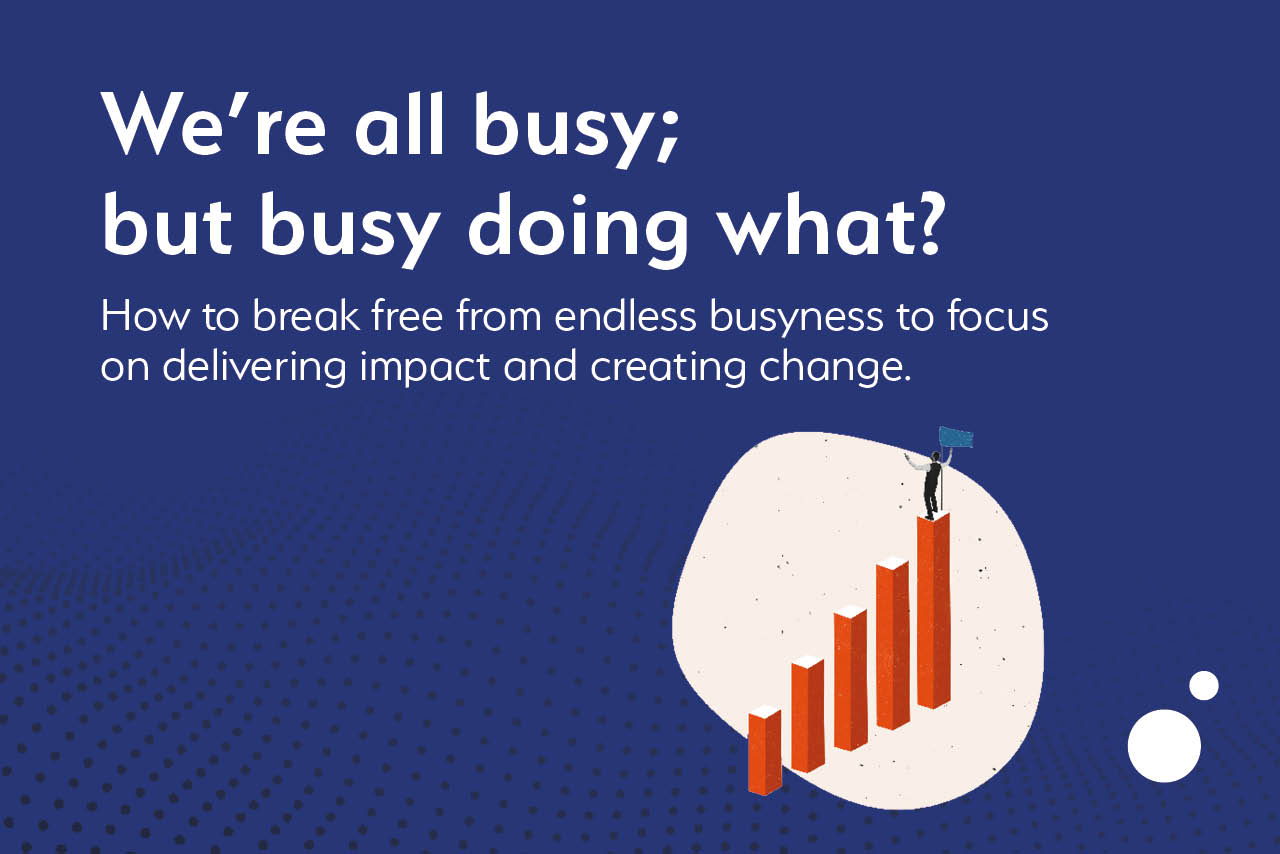Creating the right environment and catching bad apples early
We spoke to one of our directors, David Hill, about the importance of creating the right environment within organisations.
He told us that to do that, we have to maintain an optimum environment through a continuous vetting process, without using any quick-fix solutions.
By David Hill, Head of Thinking
Last year my wife and I decided to follow a dream we have had for many years by moving 362 miles to South West Scotland to a smallholding that sits a few minutes’ walk from the beach.
We have a lot of work ahead of us and one of our goals is to produce as much of our own food as we can.
And, while this may seem like a farming blog initially, my work here on our little farm has so many parallels with my work with Jumpthink.
Creating the right environment
To grow our own vegetables on the farm, we have created some raised beds.
The raised beds were built and lined with cardboard then filled with a good depth of topsoil.
Over time the growth that was originally there, which now sits beneath the bed, will die off and rot into the soil below.
The cardboard will rot away and the veg bed will be one with the soil beneath.
We are only months into this but they are starting to produce our vegetables.
How to deal with weeds
When working on my vegetable patch, my vetting procedure is very stringent.
After creating the environment, by building the beds, I decided what I wanted to grow in each of the beds.
The seedlings were planted and grew in one of the green houses, before being planted out in the beds at the right time of the year.
This was all to optimise production and avoid the beds being places where bad apples (weeds) could take hold.
However, my vetting procedures failed – the weeds got in.
So, I dedicated some time to weeding, and cleared them all.
Some might think of a quick and easy solution: Weed killer.
But this will only damage the other plants and pollute the soil – we should always be wary of ‘quick-fix’ solutions.
The best solution I have found is:
- To be clear about what the purpose of each bed is and what we are growing
- Constantly seeking better ways to stop the weeds invading
- Making certain all involved know the difference between the vegetable plants and the weeds
- Ensuring they take action when they see the first indications that a weed is starting to grow
Yes, I’m talking about vegetables and weeds – but we can apply a similar approach in organisations.
Think about and reflect on the parallels for a second.
Adapting my vegetable patch to organisations
In organisations, it’s easy to constantly focus on the work and the deliverables rather than the soil (environment) and the plants (people).
With proper care and attention, it’s easy to see if the plants are struggling to grow, or if the weeds have taken over.
Leaders often get distracted looking for vegetables and different ways to profit and sustain, and forget to focus on the roots.
Only by continuously focussing on your environment and everyone in it, can you truly produce growth cultures that flourish.





